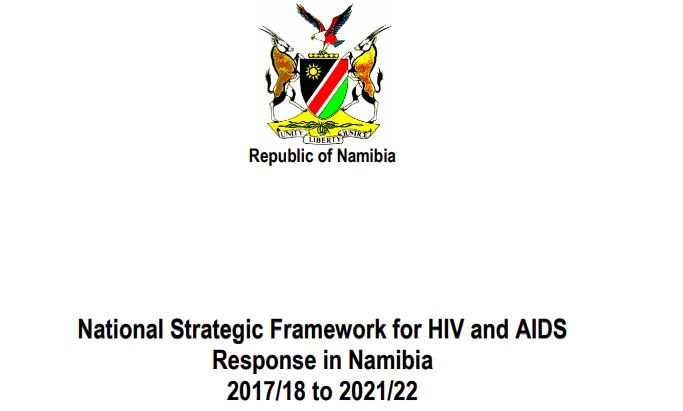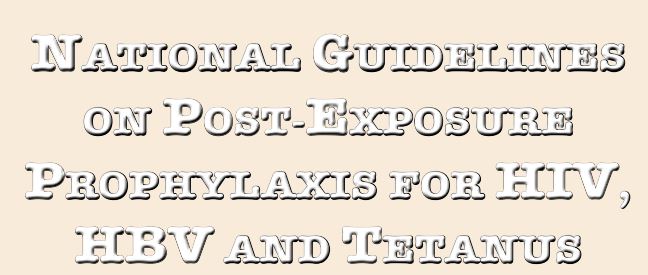
The National Multisectoral HIV and AIDS response has been a necessary and critical feature of Namibia's Health Sector since the first case of HIV infection was reported in 1986. As a nation, we have become an example to the world in terms of identifying and treating those living with the virus. This has led us to the point where we can declare our intent to End AIDS by 2030. To achieve this momentous feat however, in an environment with increasing economic constraints, we must increase our efforts to utilise resources in a more focus ed and targeted manner that will produce the effective strategies for efficient interventions that produce impactful results.
Download PDF
HIV, Hepatitis B and Hepatitis C are hazards of serious concern for Namibian workers with occupational
exposure to blood and other potentially infectious materials.
While health care workers in particular are potentially exposed to infectious hazards in the workplace, workers
in other settings may also be exposed to Human Immunodeficiency Virus (HIV), Hepatitis B, Hepatitis C and
tetanus through their work. For example, laundry workers, taxi drivers, first aid workers and waste handlers
may suffer occasional exposures to blood on the job. Thus these guidelines are intended as a practical tool
for all workers who are exposed to blood and body fluids in the course of their work. These guidelines offer
workers and their employers the steps to take to prevent occupationally-acquired HIV, Hepatitis B, Hepatitis C
and tetanus.